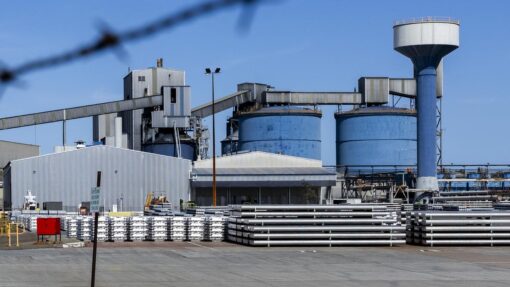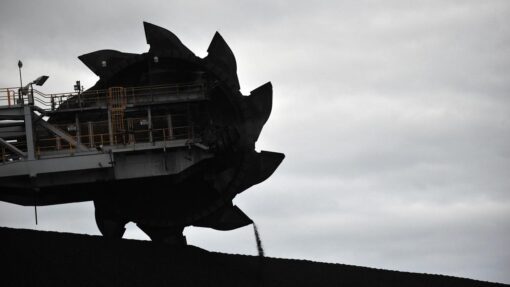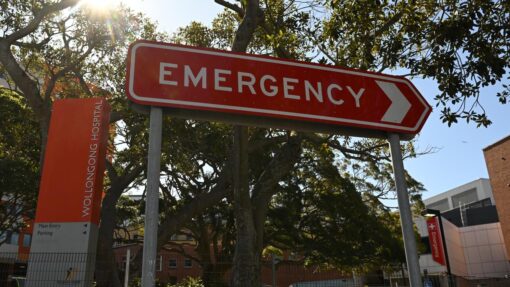Gas takes top bill in politics of power
Paul Osborne |
Australians want lower-priced energy as well as to play a role in reducing global emissions.
But can they have both?
Former prime minister Malcolm Turnbull says it can be achieved.
He told an Australia Institute event this week renewable energy was undoubtedly the cheapest form of power generation.
But despite a massive nationwide rollout of solar, wind and other new forms of power – largely driven by state and territory government policies – electricity prices continue to rise.
Labor was so confident the renewables revolution would drive down power prices it went to the 2022 federal election promising a $275 reduction in average bills by 2025.
But the chance of achieving this appears slim, for global and domestic reasons.
Russia’s decision to invade Ukraine showed how globally connected Australia is when it comes to energy prices.
The invasion in February triggered financial sanctions from the US, Europe, Australia and other major countries which triggered a shock.
Russia supplies more than a quarter of Europe’s gas and is the world’s second-largest producer of the fuel.
The global gas market was already under stress with demand surging from countries seeking to wake their economies from the COVID malaise.
The federal budget revealed Treasury forecasts of Australian energy prices rising by 56 per cent and gas lifting by 44 per cent over two years.
States most dependent on coal and gas for energy and least reliant on renewables – like Queensland – will see the biggest increases in electricity prices.
Western Australia’s gas reservation policy and regulated electricity prices have kept a lid on bills in that state.
The west has been so successful with its standalone system it is attracting the envy and criticism of two states – Victoria and NSW – heading to the polls in coming months.
NSW treasurer Matt Kean said “WA should stop looking after themselves at everyone else’s expense”.
He argued WA should be forced to share its resources, via a new national gas reservation policy and the scrapping of the state’s reserve.
Such a policy has its supporters, including Victorian premier Dan Andrews who has been resisting calls for his state to open new gas fields to add to supply.
The Australian Workers Union is also on board, arguing it is a long-term solution to an industry whose multinational players are making healthy profits.
But the idea of a national gas reservation policy is getting no joy in other circles, including the federal government.
Federal Infrastructure Minister Catherine King, while visiting Perth, described it as a “thought bubble again from NSW in the context of an election campaign”.
Mr McGowan told Sky News this week the idea that WA would pipe or ship gas to the eastern states was “silly”.
“There’s no pipeline for it connecting Western Australia to the eastern states,” he said.
“And there’s no LNG terminal facilities in Sydney or Melbourne so it’s a pity that the NSW government doesn’t know that.
“The reality is we can’t just release the gas into the air and it drifts across Australia and they catch it. You actually have to have the infrastructure in place.”
Even former energy minister and now-shadow treasurer Angus Taylor could not bring himself to back his NSW coalition colleagues, saying the solution lay in developing more underground gas, such as the Narrabri project in central western NSW.
As a result of forward-thinking policies like reservation – which sets aside 15 per cent of gas for domestic use – WA power bills are estimated to rise by 2.5 per cent next year.
Many people, including Mr Turnbull, are of the view that a national reservation policy should have been considered when gas was first being developed on the east coast.
But the industry argues retrofitting such a policy nationally would put at risk billions of dollars in investment by some of the nation’s biggest companies.
Mr McGowan says not putting in place a national policy at the time was a bad call, as his state’s policy did not deter investment.
“We’ve had huge investment … and we’ve had enough supply for the domestic market both for consumers and for industries,” he told Sky News.
In coming weeks the federal government is expected to announce a short-term fix for gas prices, with all options – including a price cap, taxes and subsidies – on the table.
Resources Minister Madeleine King admits the opaque nature of the market and ragtag policy over the past decade means “it is still hard to discover what the actual prices are being offered”.
“It’s my firm determination to – along with the ACCC and the treasurer – dive into this market to find out exactly what’s going on so that we can have a solid and sustained solution that government creates to the gas pricing situation in this country.”
Then there is the emissions problem.
States and territories have their own emissions reduction targets, with a focus on shutting down coal-fired power while renewables come on board.
Federal Labor has legislated its 43 per cent by 2030 emissions target.
While this week many leaders from around the world will meet in Egypt for the latest COP27 climate talks, Prime Minister Anthony Albanese won’t be there.
Instead, the government will be emphasising its bedding down of the new emissions target as well as its work with Pacific nations, sending Climate Minister Chris Bowen and Pacific Minister Pat Conroy.
Mr Albanese is angling to make a bigger deal of COP29 which he wants Australia to host in tandem with Pacific island nations, to make a point about where the frontline of climate change is, and why the world needs to move quicker on emissions reduction.
Pacific island nations are demanding faster action to get to net zero or below-zero policies as they face worsening and more frequent cyclones.
Entire villages in Fiji were wiped out in 2020, with some villagers still waiting in temporary camps for permanent relocation.
Australia’s neighbours are demanding a fast-tracking of the energy revolution.
Mr Bowen is well aware of the scale of the challenge.
He said in a recent speech that to reach the 43 per cent target Australia needs the equivalent of 40, seven-megawatt wind turbines every month until 2030.
“For solar, we still need to install more than 22,000 500W panels every day – and 60 million by 2030.”
And then there is the need for a grid that is capable of taking in all of this supply without constantly blacking out.
That is where a new national transmission policy flagged by Labor comes in, as well as large-scale batteries and pumped hydro such as Snowy 2.0.
The Albanese government is hoping a spin off of this clean energy revolution is cheaper power.
If not, there will be political, economic, social and environmental prices to pay.
AAP


